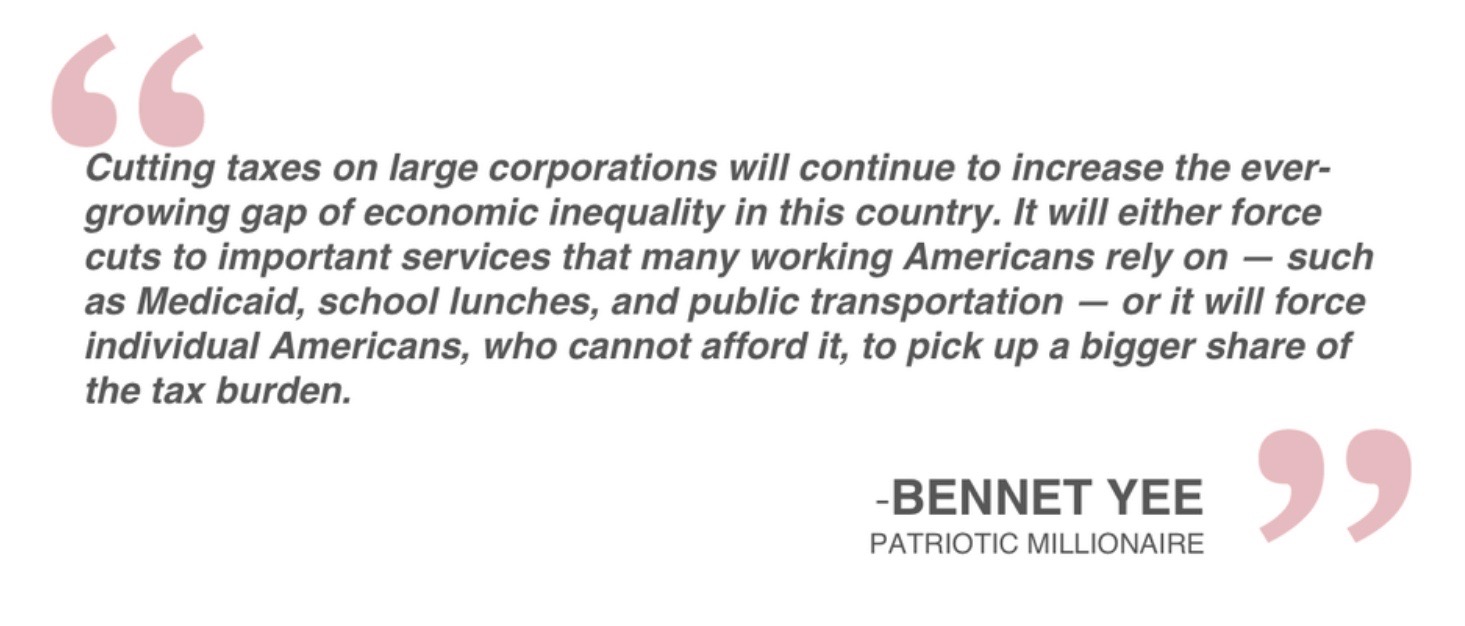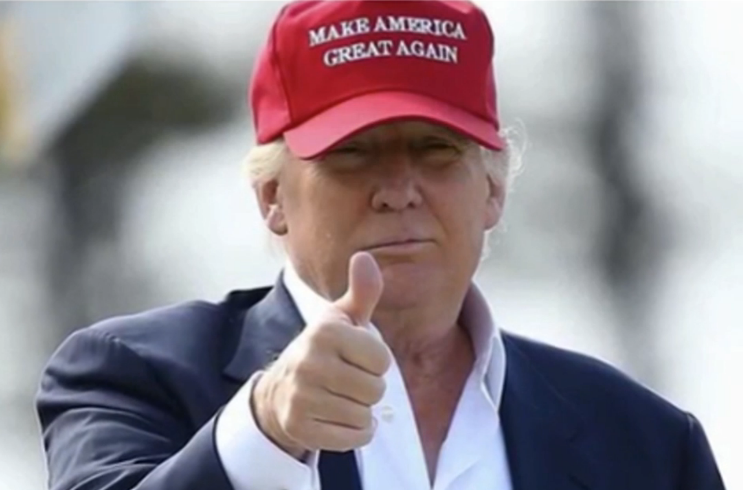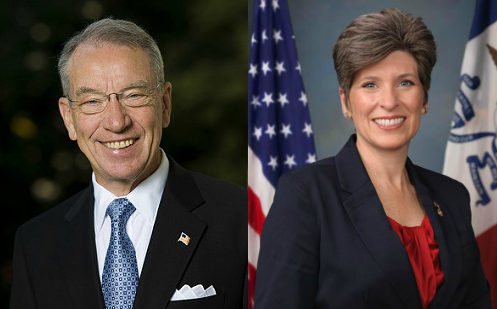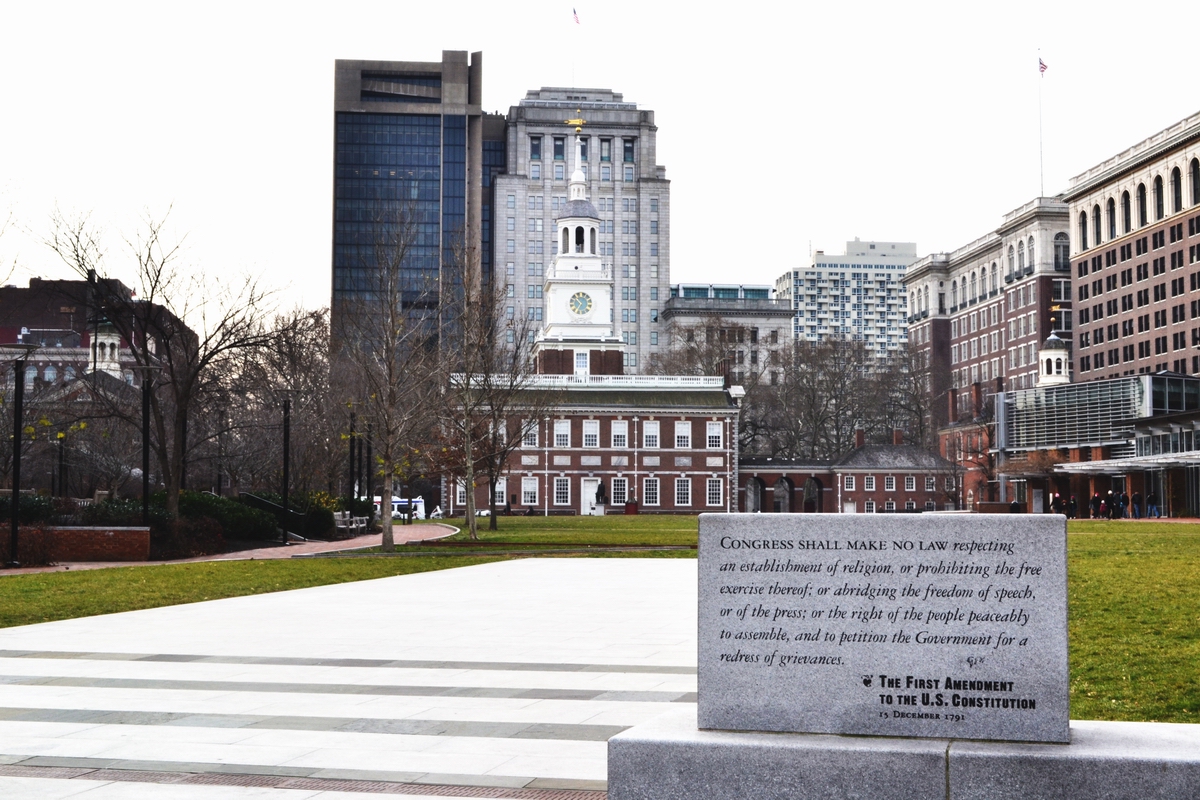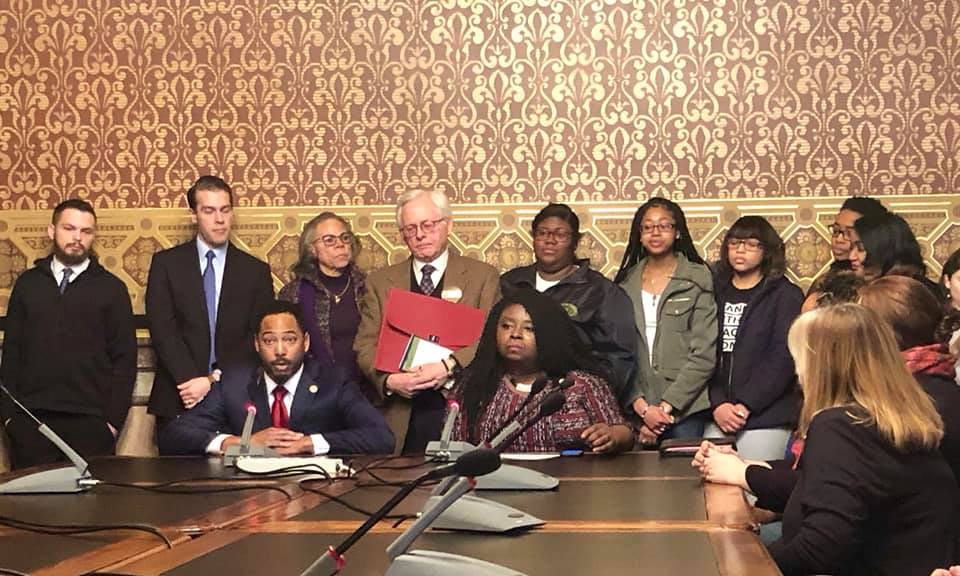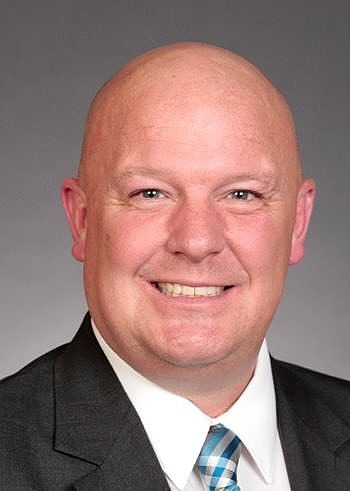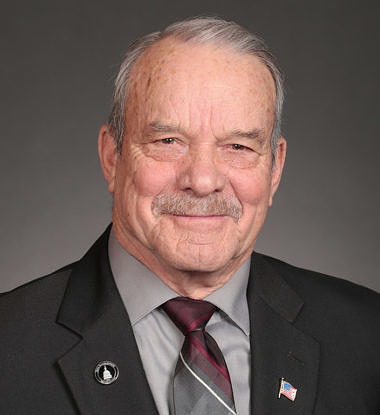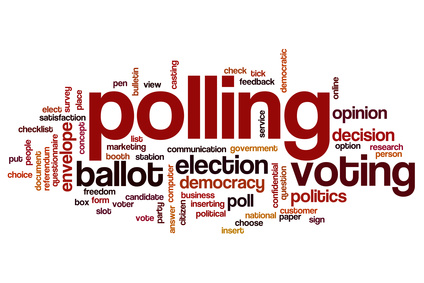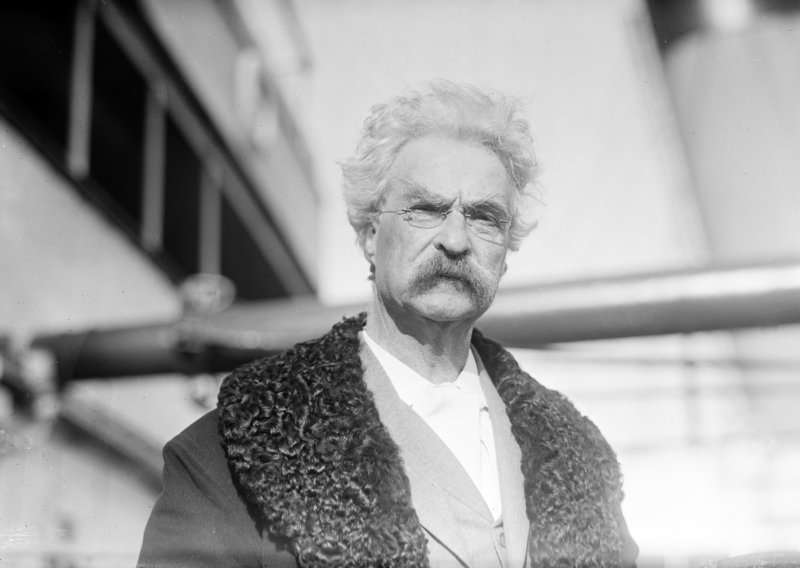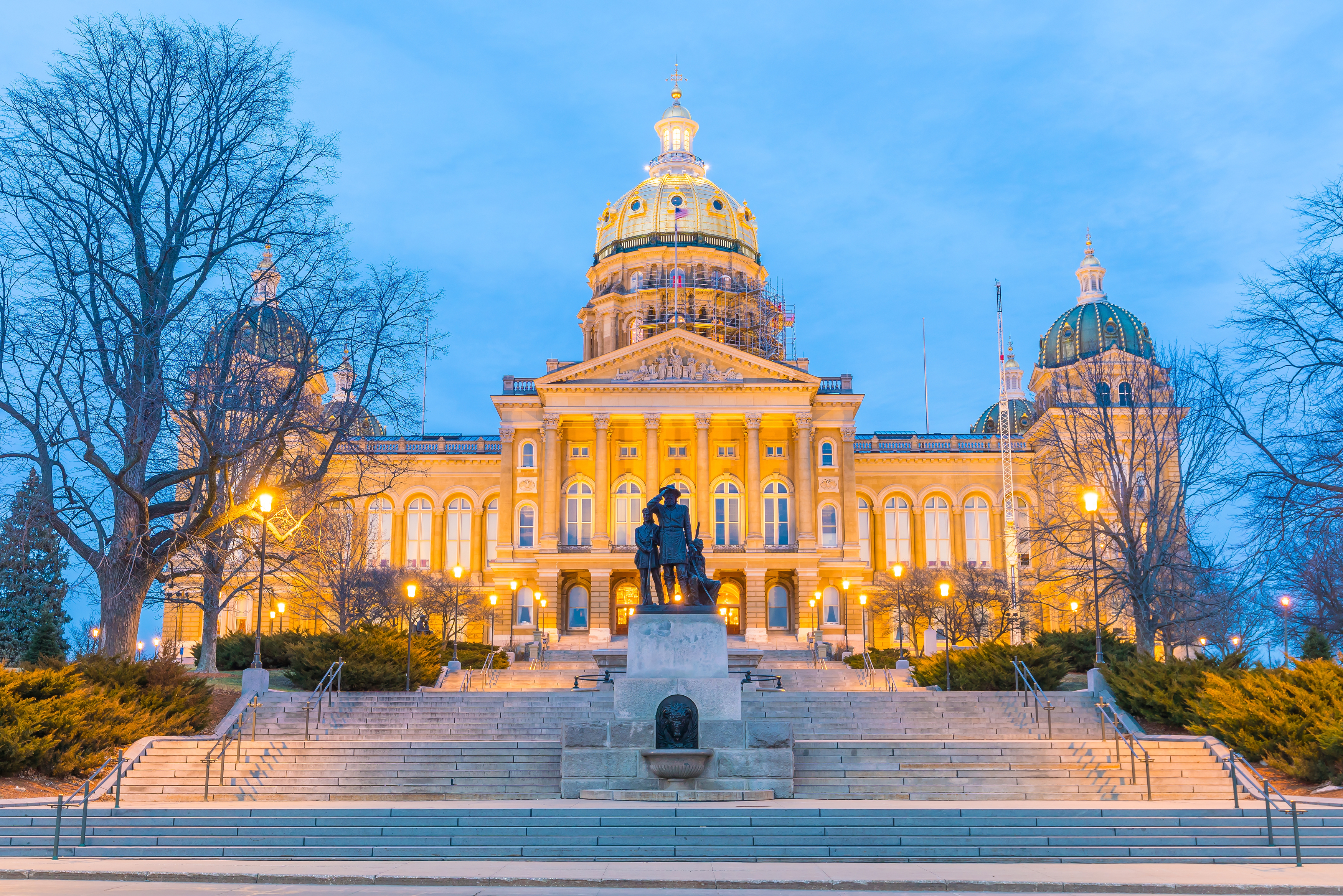Sable Knapp is from Iowa and currently lives in Maine. She is a member of Resource Generation, “a multiracial membership community of young people (18-35) with wealth and/or class privilege committed to the equitable distribution of wealth, land, and power.” -promoted by Laura Belin
The United States is currently experiencing a $30 trillion intergenerational wealth transfer. For anyone still wondering how the U.S.A. could possibly afford a Green New Deal with a framework that includes a single-payer health care system and accessible higher education, there is an obvious way: Stop handing out tax breaks to us trust fund babies.
Please, vote to tax my inheritance. The estate tax makes sense.

